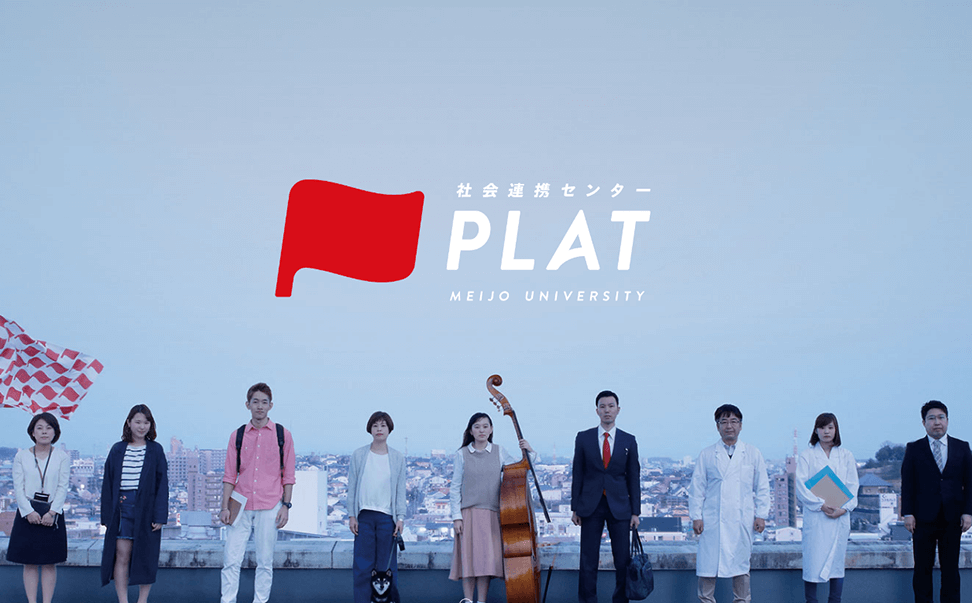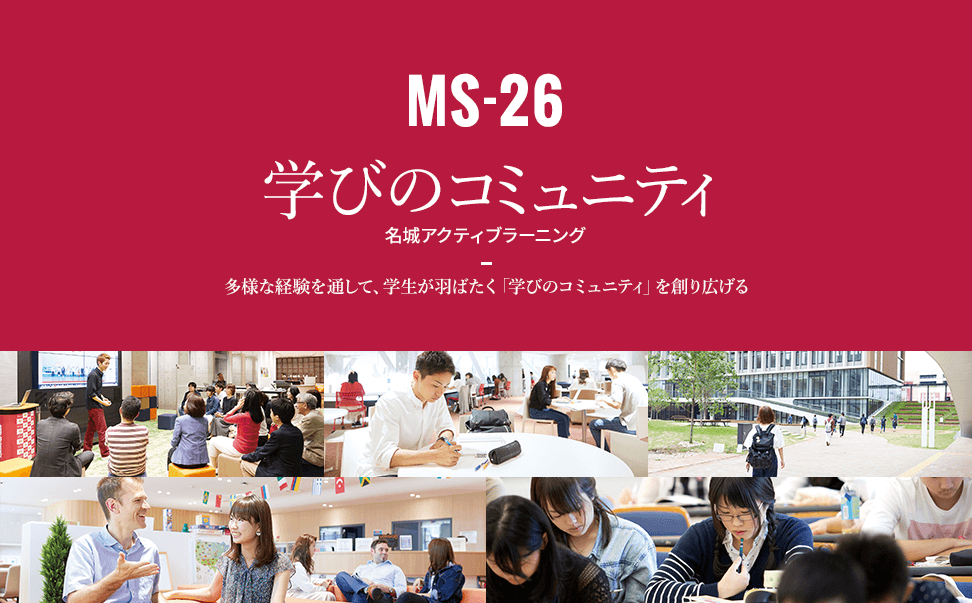/ニュース Thirty years since the discovery of carbon nanotubes University Professor Sumio Iijima talked online with reporters (Oct.1,2021)
Talking about recent events and most advanced applied research, 19 reporters participated
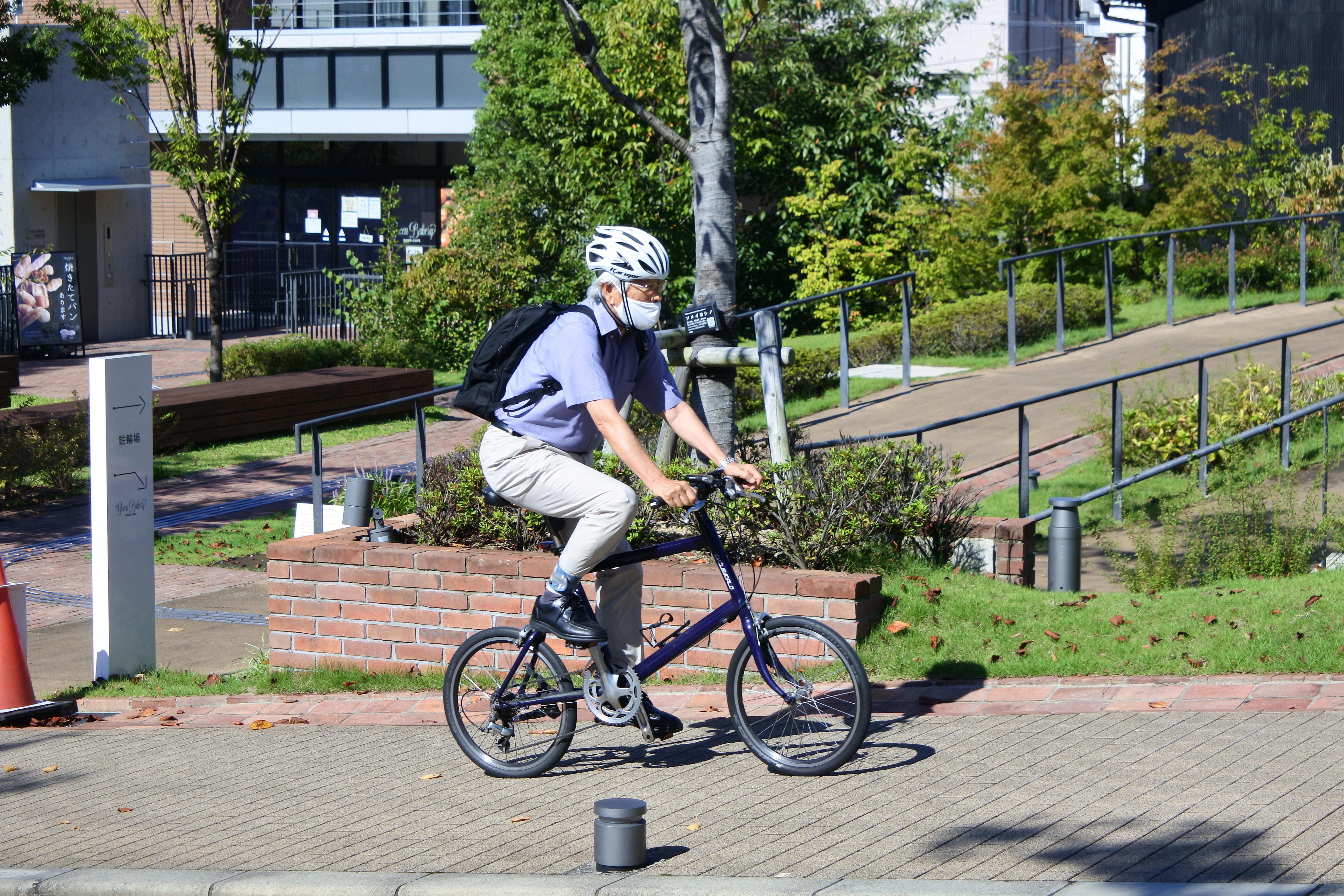 University Professor Sumio Iijima, commuting by bicycle on fine fall day
University Professor Sumio Iijima, commuting by bicycle on fine fall day
-
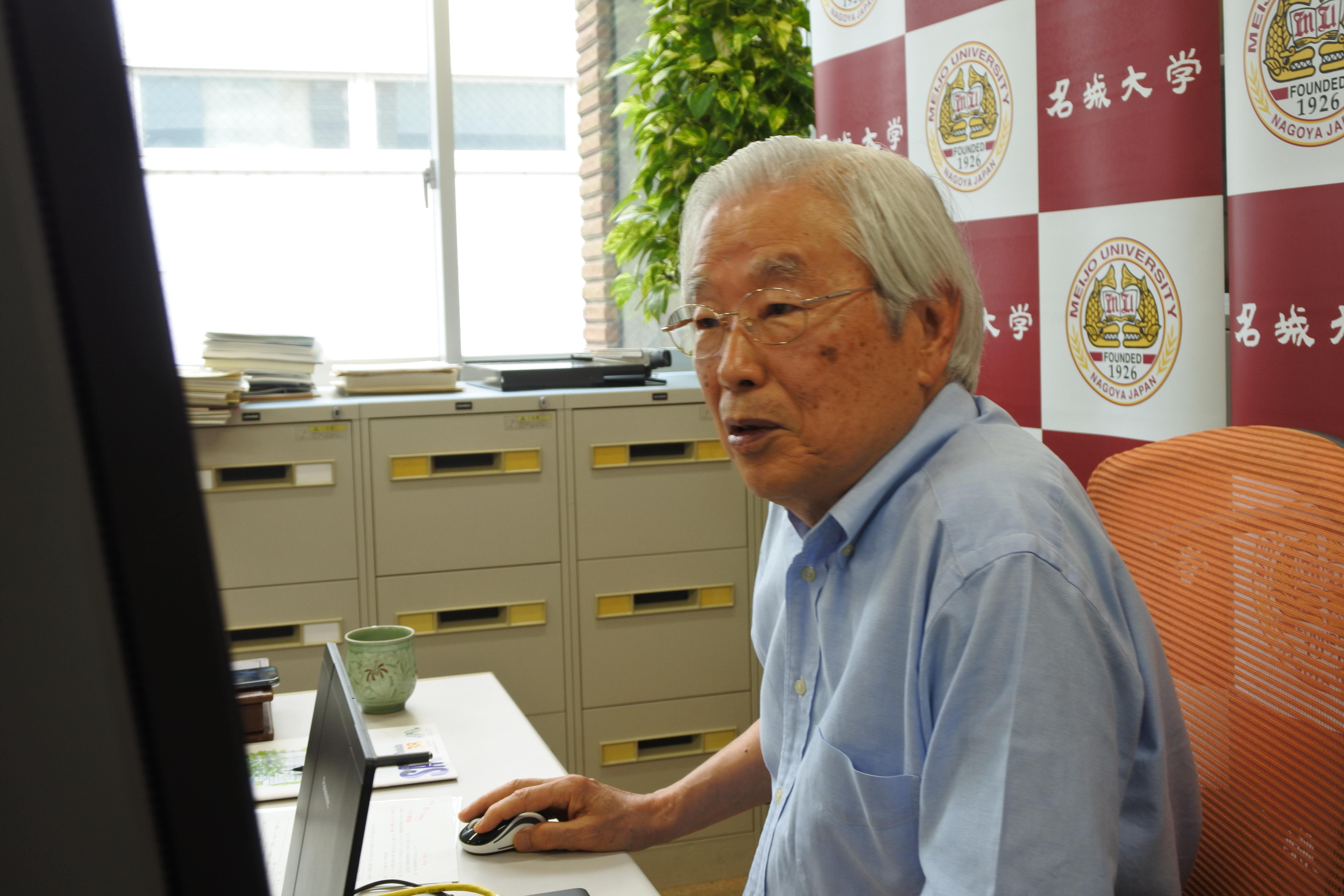 Talking about recent events for 30 years since discovery of carbon nanotubes
Talking about recent events for 30 years since discovery of carbon nanotubes
This year, the Nobel Prizes will be announced in physics on October 5 (Tuesday) and in chemistry on October 6 (Wednesday). Ahead of this, University Professor Sumio Iijima (82 years old), the discoverer of carbon nanotubes (CNTs) and a possible candidate for the Nobel Prize, met with reporters in Tokyo and Nagoya online from the laboratory and talked about recent events on September 9. 19 reporters from nine companies including a freelance writer participated in it and held a question-and-answer session about the current situation of applied research for 30 years since the discovery of CNTs etc.
Potential abilities as semiconductor materials are expected
-
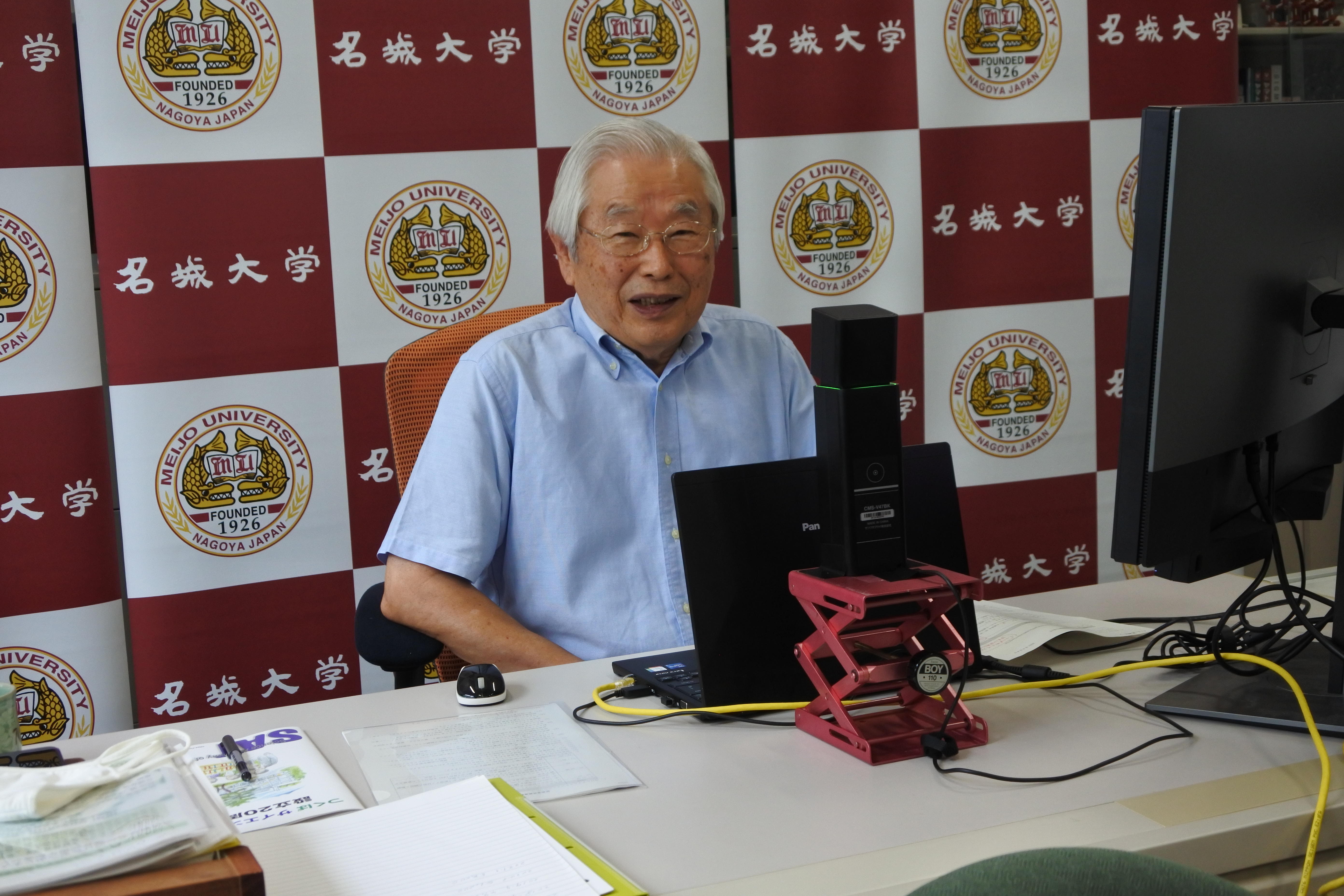 Answering questions from reporters
Answering questions from reporters
-
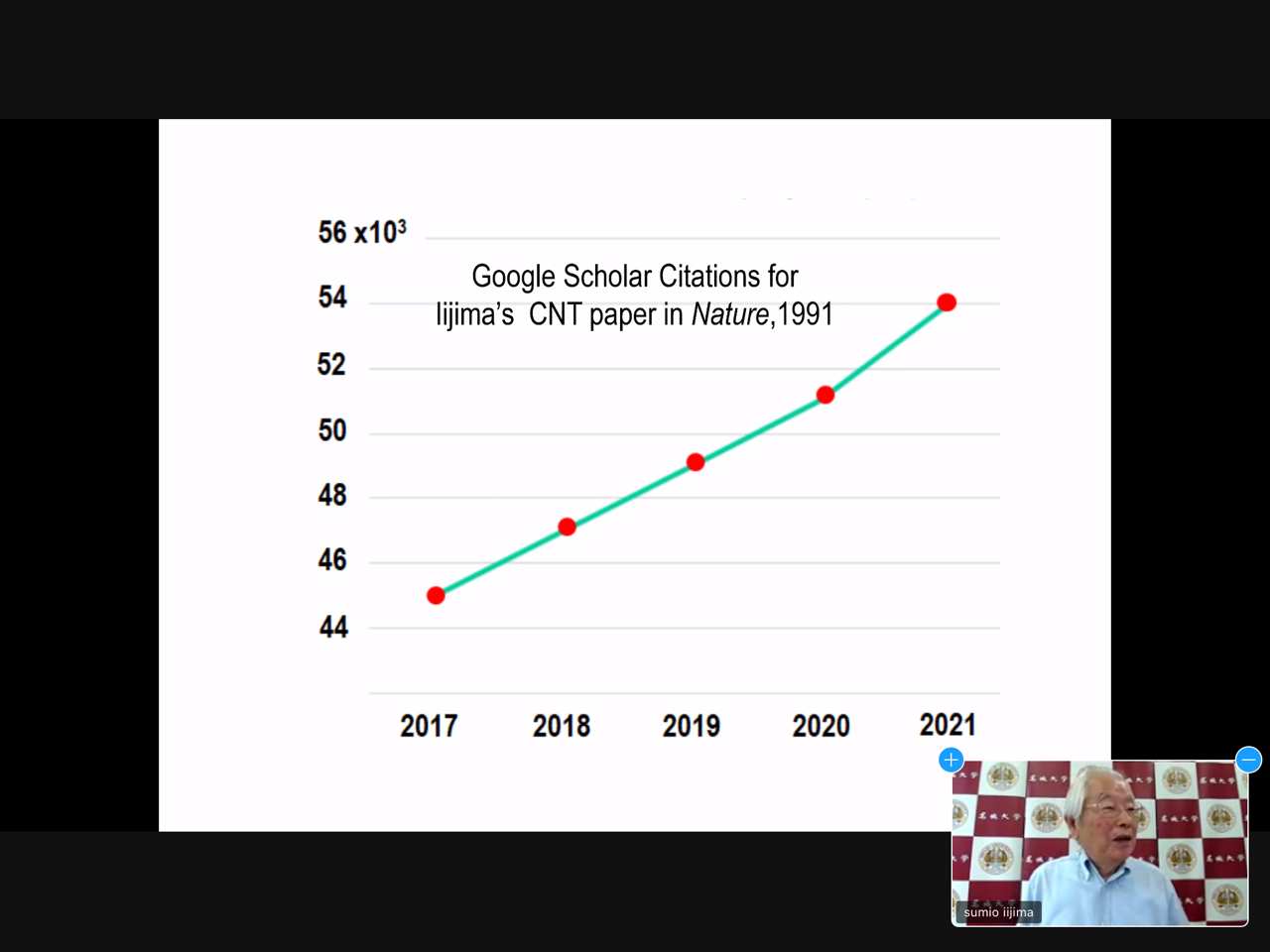 Graph of number of citations for paper
Graph of number of citations for paper
University Professor Iijima discovered CNTs taking advantage of his characteristic electron microscopic techniques when he was an NEC researcher and they have been spotlighted worldwide as attractive materials. University Professor Iijima showed that citations for the paper presented in 1991 in the science journal “Nature” have been increasing continuously even in recent years giving numerical values and expressed their charm saying, “Evidence of how popular materials they are. Materials which have been researched actively.”
While introducing applications as medical equipment and semiconductor materials, he pointed out that applied research had turned into a battle between American and Chinese researchers. Potential abilities as energy-saving and high-speed semiconductor materials, alternatives to silicon, are expected and he expressed his feelings saying, “The semiconductor industry is being reviewed and I would not like Japan to lose the sense of direction.”
When asked about the background of the competition between America and China by a reporter in the question-and-answer session, he made a request saying, “Problem with allocation of (national) research expenses. In Japan, there is a way to survive only based on science and technology, so I hope that basic research/applied research will be progressed utilizing people, goods and money.”
People are calling for “decarbonized society” to reduce the emission of greenhouse gases such as carbon dioxide but University Professor Iijima presented his own idea saying, “Carbon nanotubes are made of carbon. Carbon is useful, so I would like people to call for ‘carbon-dioxide-free society.’” and the reporter was convinced by his explanation.
Amid the COVID-19 situation, University Professor Iijima commutes to the Tempaku Campus by bicycle every day to continue his research in the laboratory. He said that the materials researched by himself 50 years before in America were attracting attention as materials for all-solid-state batteries and had presented a paper on it as a lead author.
Also presentation of research results of Private University Research Branding Project
-
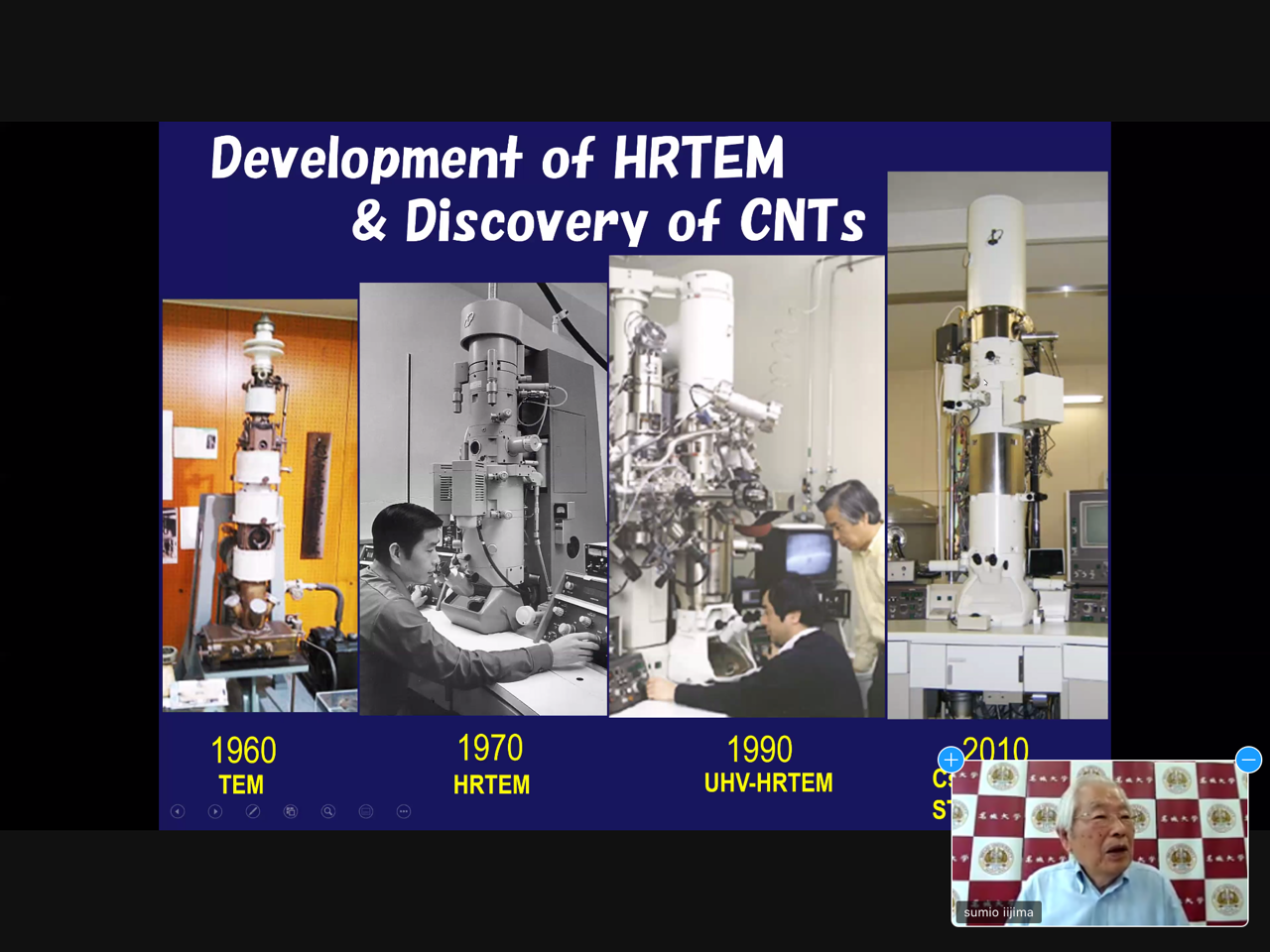 Steps of research using electron microscopes
Steps of research using electron microscopes
-
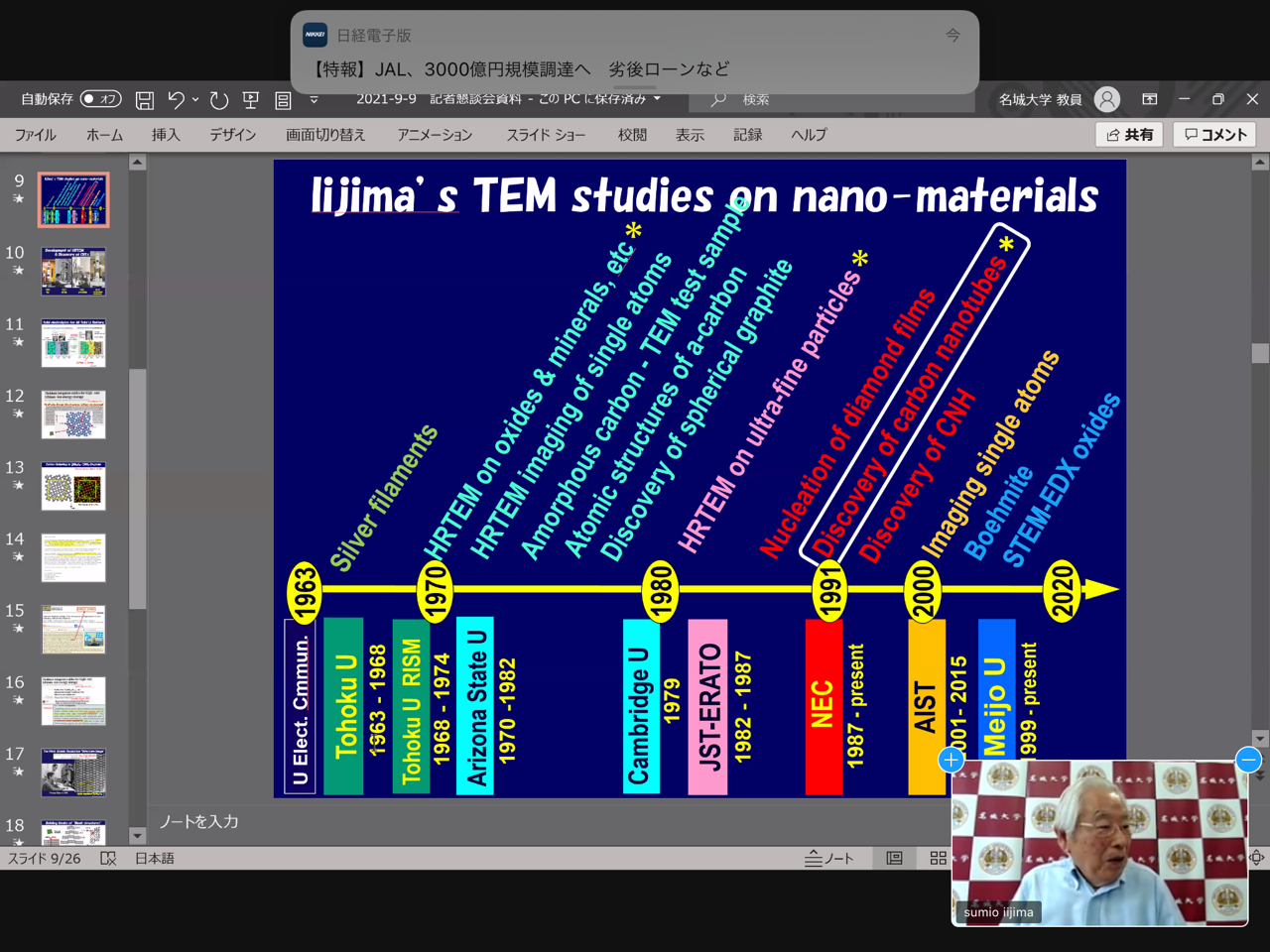 Research chronology. Pay attention to 1991
Research chronology. Pay attention to 1991
After the meeting, two professors leading two programs selected for MEXT Private University Research Branding Project reported research results.
Takahiro Maruyama, Director of Nanomaterial Research Center, made report
-
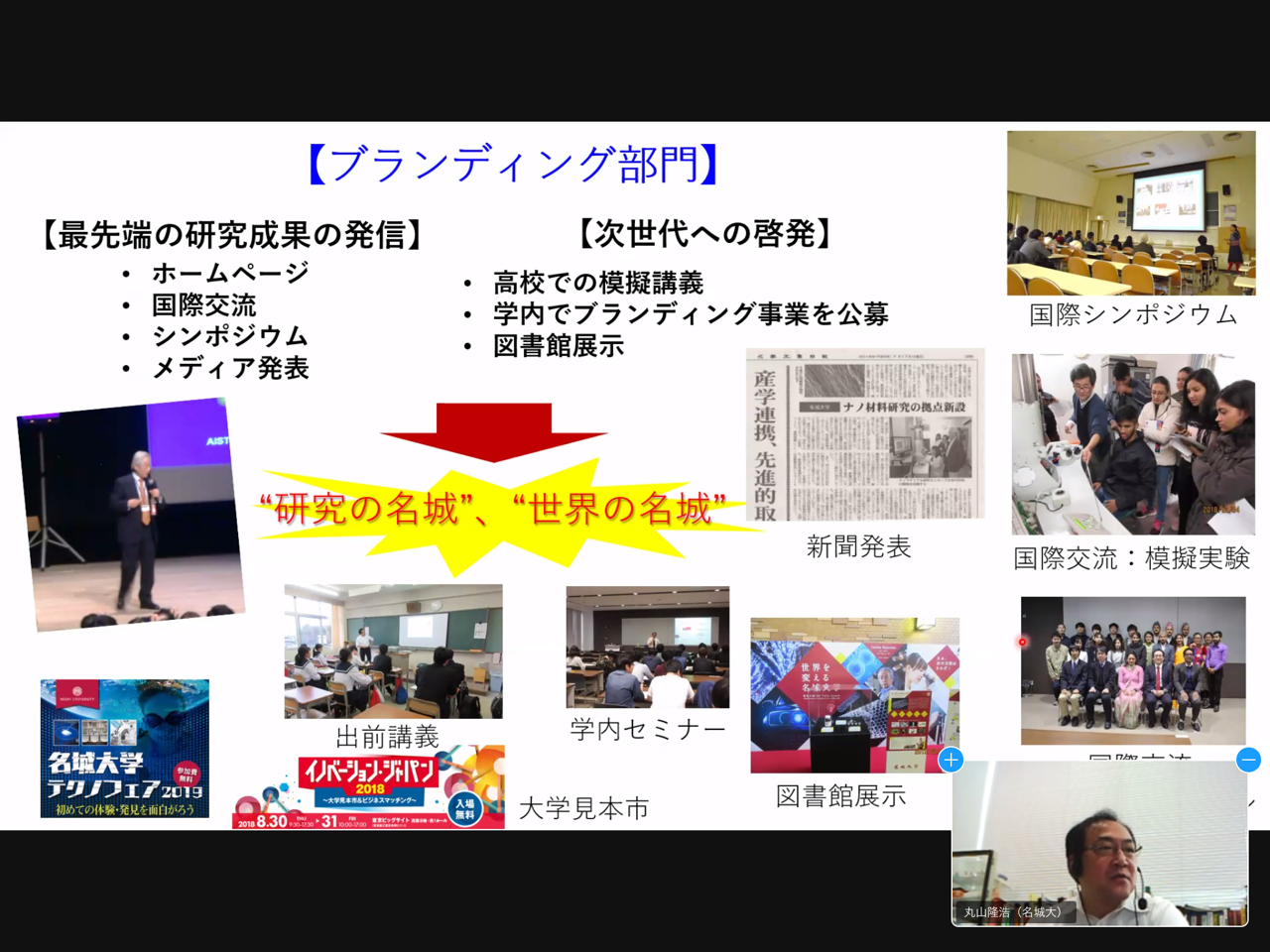 Lower right: Professor Maruyama
Lower right: Professor Maruyama
-
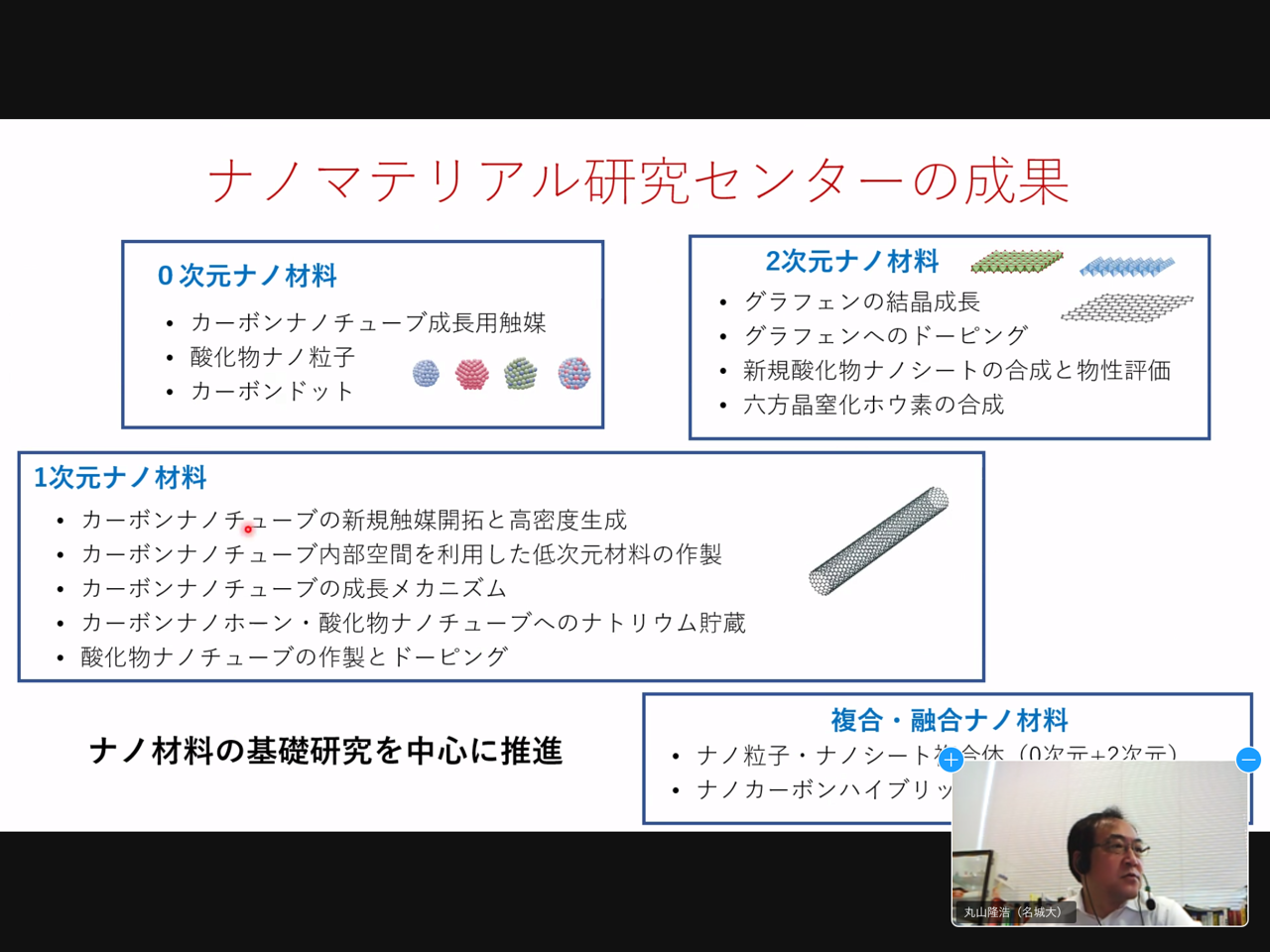
In these, Takahiro Maruyama, a Professor in the Department of Applied Chemistry in the Faculty of Science and Technology, who is the Director of the Nanomaterial Research Center at Meijo University, is in charge of “Meijo University Research Branding Project for Cultivation and Invention of New Nanomaterials.” He explained that steady results had been achieved along with on-campus spreading centering on the basic research of nanomaterials and there had been contribution also to Meijo University’s branding improvement. University Professor Iijima serves as the Honorary Director of the Nanomaterial Research Center.
Tetsuya Takeuchi, Director of Optical Device Research Center, made report
-
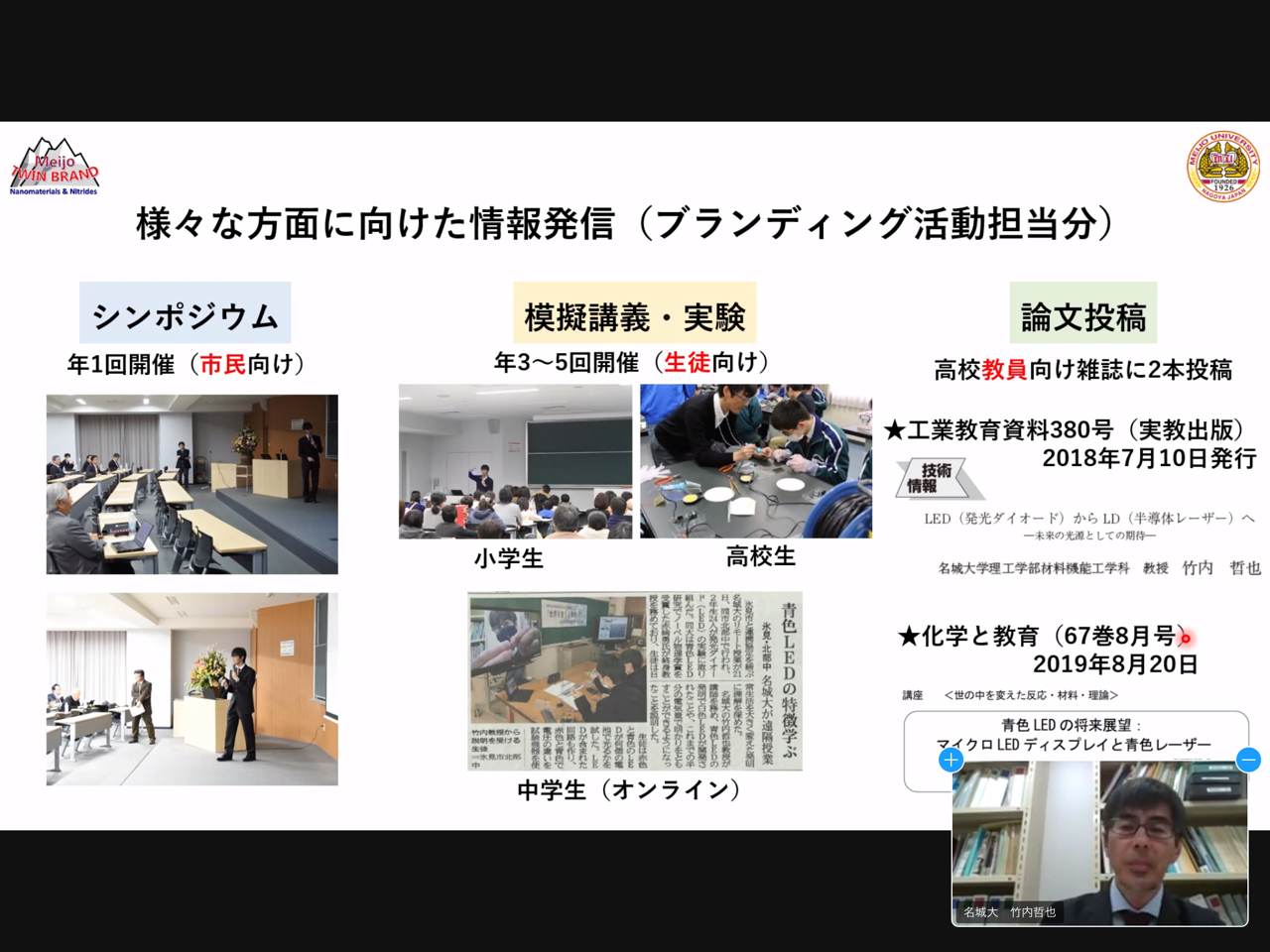 Lower right: Professor Takeuchi
Lower right: Professor Takeuchi
-
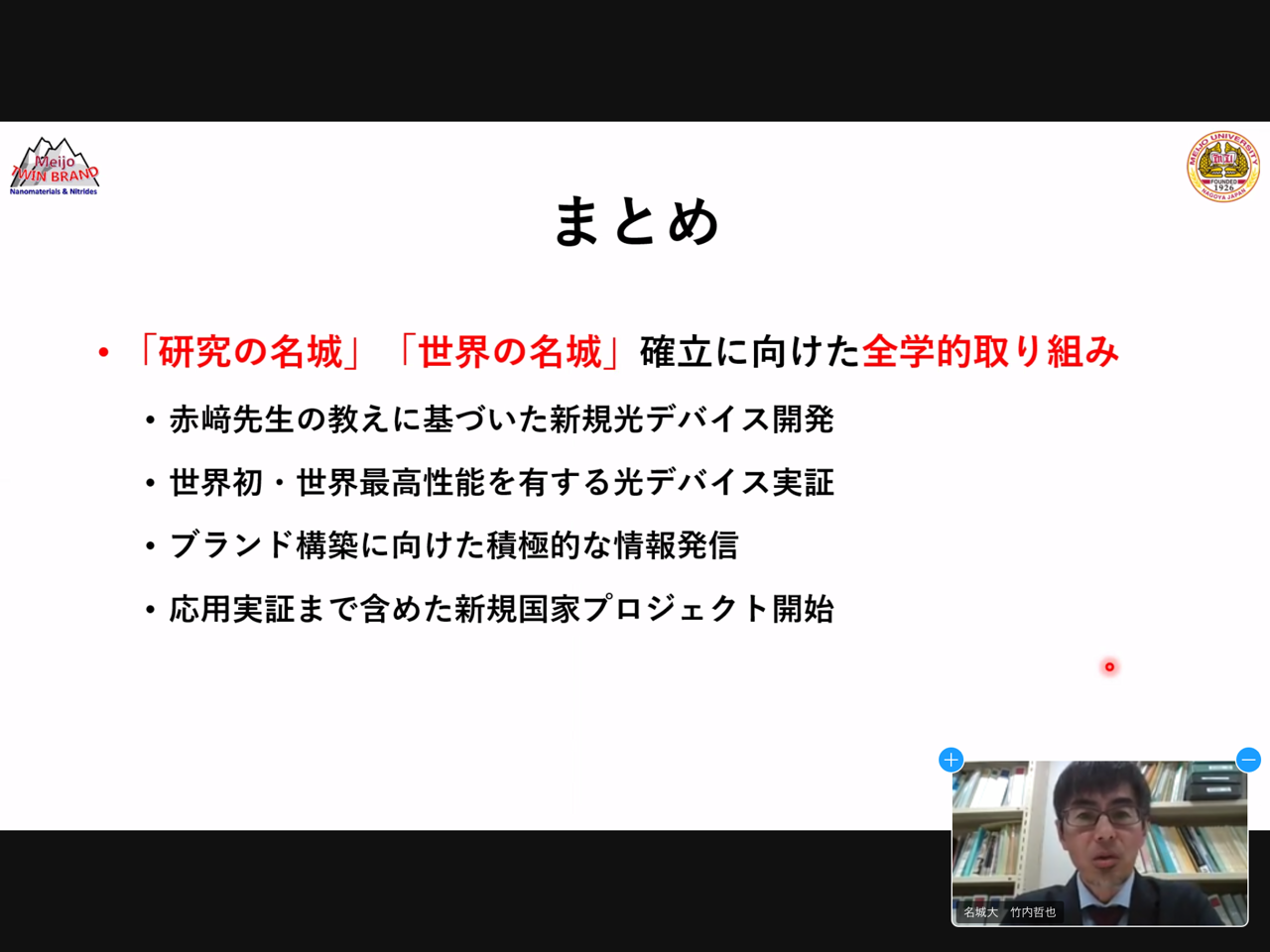
For the other program, “Meijo University Research Branding Project for Development of New Optical Devices Based on Blue LED Technology,” Tetsuya Takeuchi, a Professor in the Department of Materials Science and Engineering in the Faculty of Science and Technology, who is the Director of the Optical Device Research Center at Meijo University, appeared. He introduced the most advanced results such as the development of new optical devices and verification of optical devices with the world’s first/world’s best performance based on a message “good devices are from good crystals” from his former teacher, the late University Professor and Distinguished Professor Isamu Akasaki.



